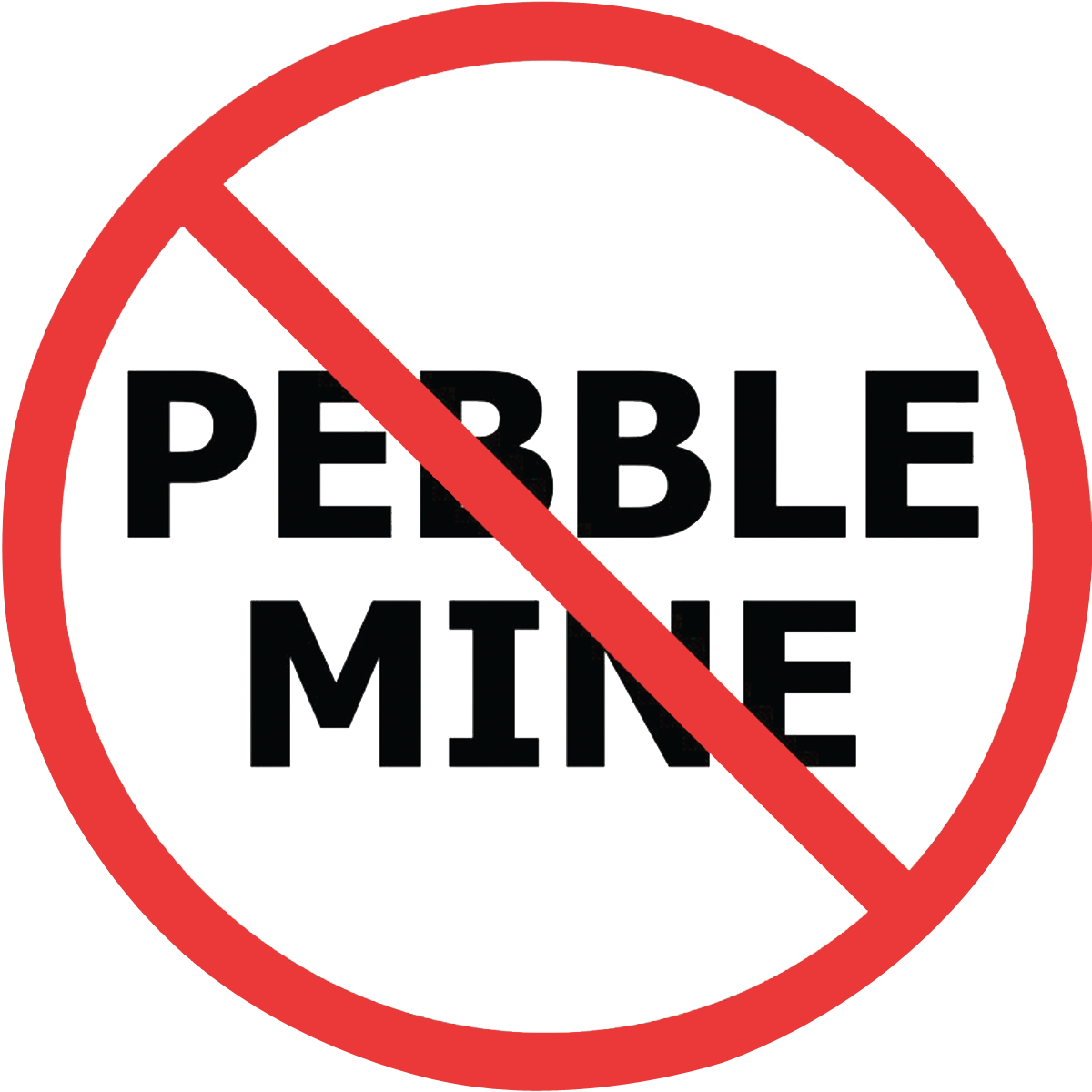View original story from the Alaska Dispatch News here
Author: Mike Wood, Brian Kraft, Gayla Hoseth
Updated: May 17
- Published May 17
We never imagined ourselves as public figures. We are fishermen at the core, more at home with our subsistence salmon setnet in Bristol Bay, running a gillnet operation in Cook Inlet or knee-deep in the Kvichak River hunting for rainbows.
But the last decade has seen a number of unprecedented megaprojects proposed that, as designed, would threaten both our livelihoods and that piece of Alaska's natural wealth that makes us the envy of the world – our wild salmon.
Pebble mine. Susitna-Watana dam. Chuitna coal project.
Together, these project proposals have united tens of thousands of Alaskans who want to protect our salmon.
[Even a smaller Pebble mine, as developer now plans, could face high hurdles]
If recent history has taught us anything, it's that the constant onslaught of reckless development will continue to threaten salmon until the state of Alaska gets clear on how, specifically, salmon will be protected and resources in salmon country developed responsibly.
Here comes Pebble again. The Trump administration last week wasted all of the effort we put in with thousands of other Alaskans to use the federal Clean Water Act to protect Bristol Bay from a worst-case scenario — Pebble mine.
So the feds are neglecting salmon, despite the 14,000 jobs Bristol Bay supports every year.
This long struggle has been wearying. But we're wiser now. What's clear is unless we band together as Alaskans to protect salmon, no one else will.
And, more importantly, we need to look beyond the next hearing and the next rally for a proactive solution for our fishing communities, our native fish, our wild rivers and everybody who draws sustenance from each.
[Controversial Chuitna coal mine 'shelved' after investor backs out]
We need a solution that puts everyday Alaskans in control of the state's destiny.
This week, we took one small step toward giving people their say – we filed an application for a ballot initiative to improve protections for wild salmon.
The language and intent of the bill is similar to a bill in the Alaska House. They both would update Title 16, the collection of state laws governing development in or near salmon rivers, by giving the Alaska Department of Fish and Game clear standards about what kind of development is compatible with salmon health.
The current standard, written at statehood, requires the Fish and Game commissioner to approve a project unless it's found "… insufficient for the proper protection of fish and game."
That's vague enough that the state could, with a straight face, contemplate the Chuitna coal project, which would've wiped out more than 13 miles of salmon streams in the Chuitna River, and the Pebble proposal, which would place a giant tailings pond at the headwaters of Alaska's most lucrative salmon fishery.
And the Susitna dam proposal, a state-led project that has consumed over $200 million the last few years, would completely block fish passage on the state's's fourth-largest king salmon producing river.
The updates to Title 16 we are proposing would also allow more public input on development and its approval processes, and give all of us certainty about the protection of salmon as the state grows and develops.
We know a lot of miners, oil industry workers and loggers. We're not interested in putting them out of work. We are interested in making sure all of us, including our kids and grandkids, will have a wealth of healthy streams left to fish.
This week, we are taking one small but important step in that direction.
Mike Wood, Brian Kraft and Gayla Hoseth lead Stand for Salmon, a diverse group of salmon advocates, and are the primary sponsors of a ballot initiative submitted to the state Division of Elections on May 17. The proposal calls for an update to Alaska's fish habitat permitting law. Wood runs a commercial setnet operation at the mouth of the Susitna River and is an owner of Su Salmon Co. Kraft is owner of two remote Alaska fishing lodges. Hoseth is second chief of the Curyung Tribal Council in Dillingham.
